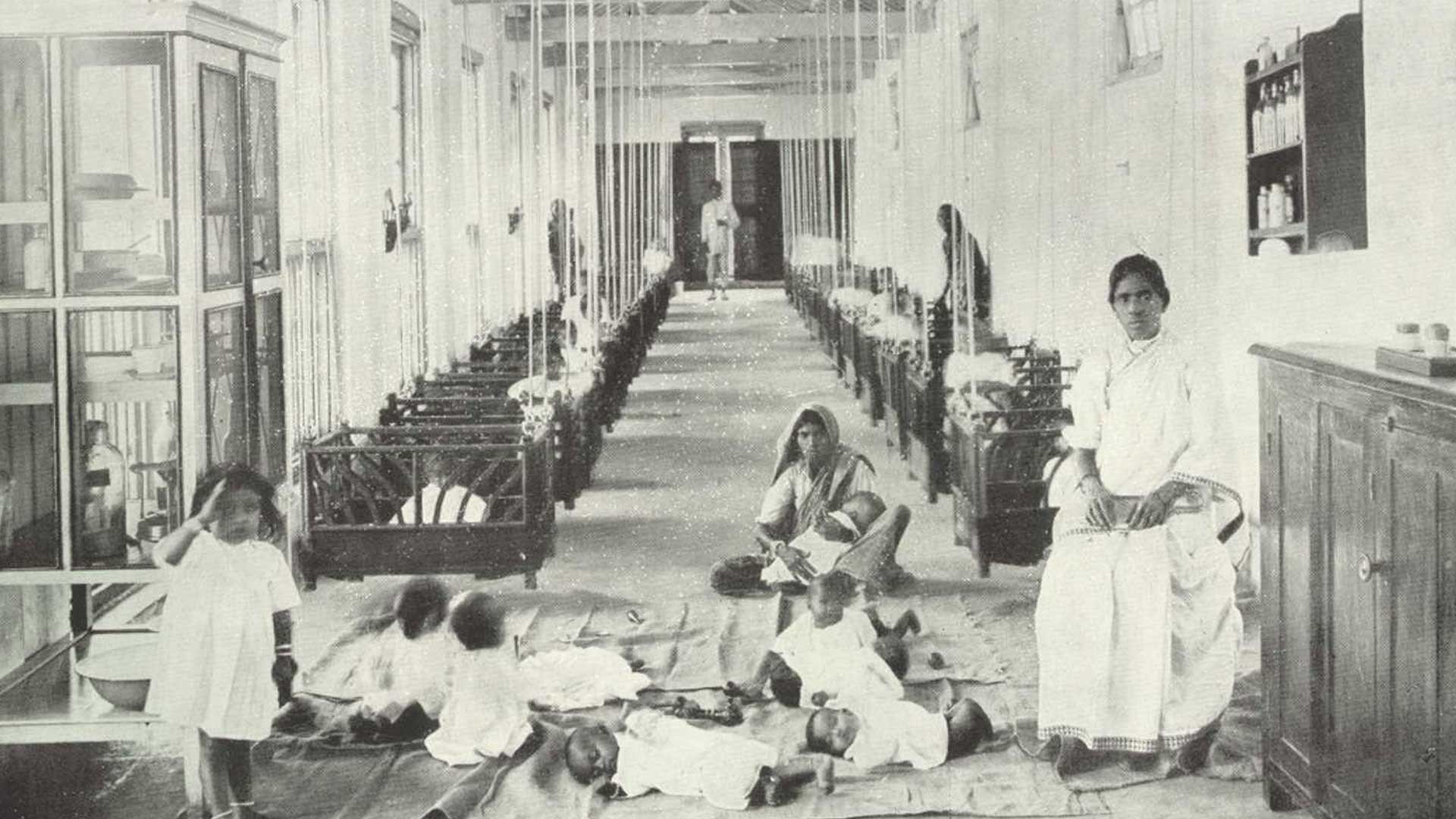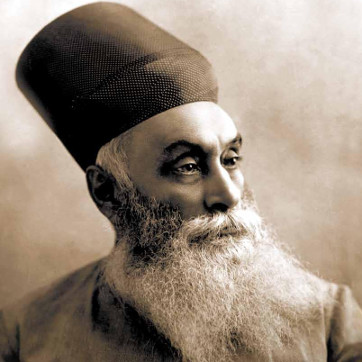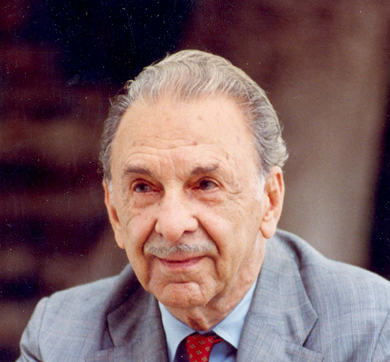436 words | 2-minute read
Jamsetji Tata was a visionary, not just in his pathbreaking business ventures that built industries and a nation, but also in pioneering worker welfare initiatives before any of these were ratified by law.
When Jamsetji started the Central India Spinning, Weaving and Manufacturing Company in Nagpur, it became his laboratory. Here he tried experiments in technology and labour welfare never before attempted in India.
The excellence of his new plant was matched by his care for the workers. He offered his people shorter working hours, well-ventilated workplaces, a crèche for young mothers, and provident fund and gratuity long before they became statutory in the West. He installed the first humidifiers and fire-sprinklers in India. In 1886, he instituted a Pension Fund, and in 1895, began to pay accident compensation. He was decades ahead of his time and miles ahead of his competitors. The Empress Mill experiment showed that not only profits but people mattered to him.
Even as he battled for the survival of his industry, he was not too busy to think of the health of his workers. As polluted water was a cause of illness, he installed a water filtration plant and arranged for sanitary hutments. A grain depot was opened, followed by a dispensary, provident fund and pension schemes. In those early years he also introduced a system of apprenticeship.

His passion for employee welfare was carried forward by his son Sir Dorabji Tata and cousin RD Tata. Although Jamsetji passed away before his dream of an iron and steel company for India was fulfilled, he shared his vision for a township for workers of the steel plant, in a letter to son Dorab. In 1902, five years before even a site for the enterprise had been decided, he wrote, "Be sure to lay wide streets planted with shady trees, every other of a quick-growing variety," the letter stated. "Be sure that there is plenty of space for lawns and gardens. Reserve large areas for football, hockey and parks. Earmark areas for Hindu temples, Mohammedan mosques and Christian churches."
It was only fair that the city born of this sterling vision came to be called Jamshedpur.
Tata Steel also pioneered several labour welfare benefits. These include an eight-hour working day, free medical aid, establishment of a welfare department, leave with pay, workers' provident fund scheme, workmen's accident compensation scheme, maternity benefits, profit sharing bonus and retiring gratuity. Seen in this context, it is hardly surprising that the company hasn't seen a single strike since 1929.



